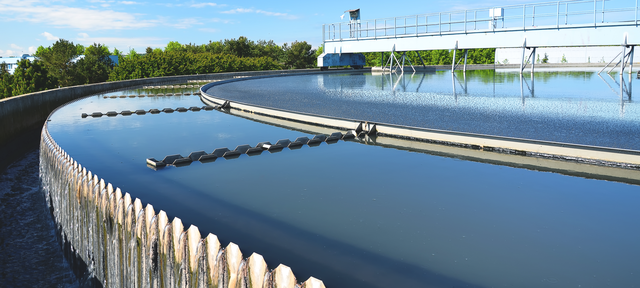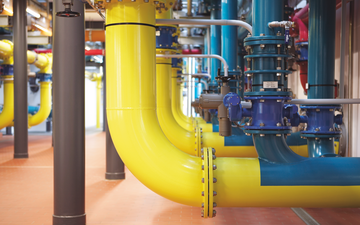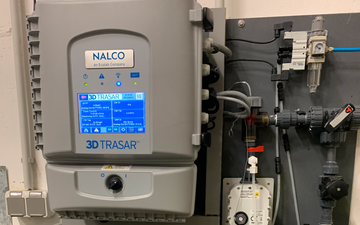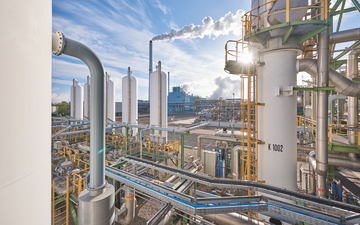The chemist and his team, which is responsible for assessing water technology at Linde’s plants, act as an interface between the water treatment provider and the people in charge at the Linde plants. “We cooperate closely with our water treatment partner who provides the necessary equipment.” This includes a digital technology package for water monitoring. Every cooling system is fitted with analytics technology that uses chemical sensors to measure the water chemistry in real time. This allows the metering of chemicals to be adjusted dynamically for optimum results. The system is also connected to a cloud service with alarm functionality. An additional benefit is that this data can be fed in to Linde’s own
digital infrastructure, where it is combined with existing operating and process data. Digital analytics tools and algorithms then use the collected data to support
predictive maintenance. The Remote Operation Centers (ROC), which remotely control around 1,500 Linde plants around the world, are also digitally integrated into the system.



